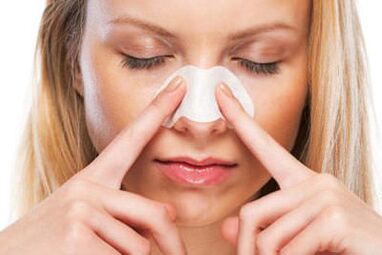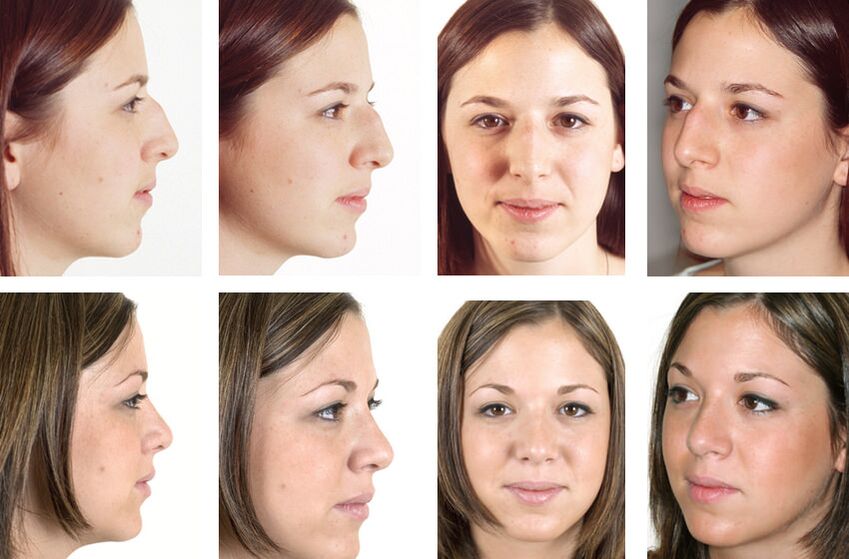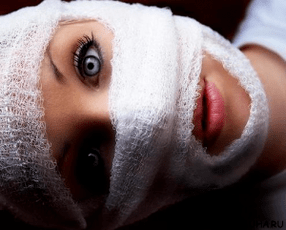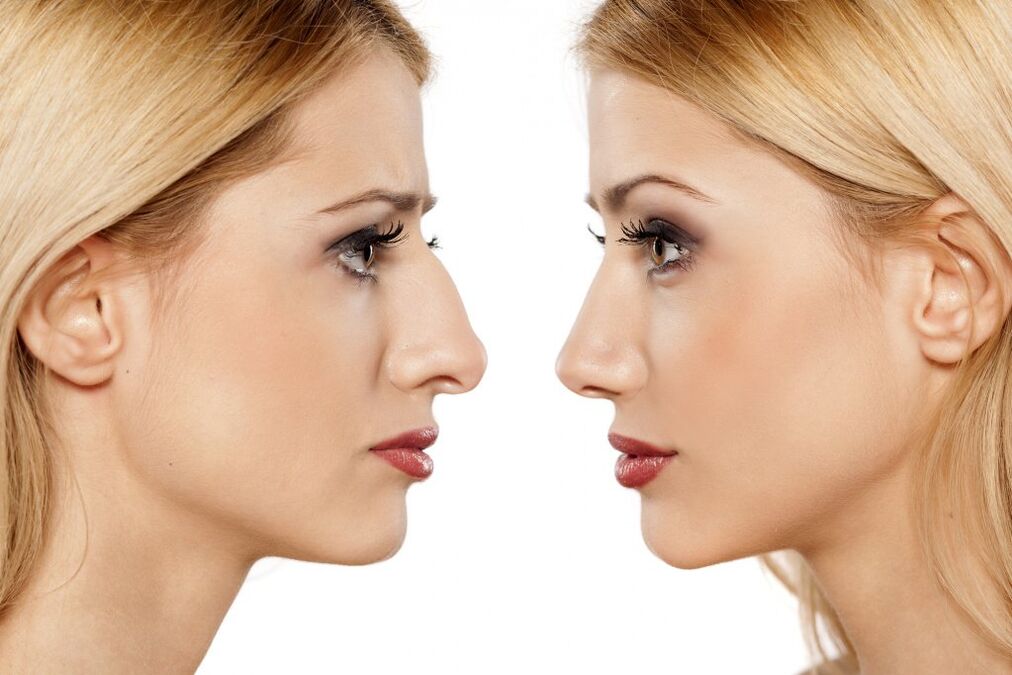Rhinoplasty is a special surgery that is performed to correct congenital or acquired defects in the nose, as well as a general increase in the missing parts of the nose.
The surgery of rhinoplasty lies in the fact that the surgeon changes the parameters of the nose by invading the nasal bone curve frame.
The main task of such surgery is to restore the correct form of the nose to a person who was disturbed before birth, due to illness or through the acquired injury to the nose.
Today, the world uses such types of rhinoplasty of the nose:
Septoplasty is a surgical intervention that sets the task of eliminating defects in the nasal septum - displacement of cartilage and bones that interfere with normal functions and aesthetic nose.
Septoplasty indications for people:
Contraindications to septoplasty:
Closed rhinoplasty as surgery is easily tolerated than a patient than discovered rhinoplasty. This procedure is carried out through endonasal access to the nose, that is, cuts are made directly inside the nose.
This operation has a number of advantages for the patient, but it is extremely inconvenient for the surgeon, as it is easier for any surgeon to perform surgery on a well -available operating field. Accordingly, with closed rhinoplasty, there is much more chance of obtaining a medical error, resulting in complications or other problems in the patient.
Advantages of closed rhinoplasty:
Indications for closed rhinoplasty:
Contraindications to this type of surgery:
As closed rhinoplasty is a very complex surgery, after his behavior the patient may have the following complications:
Open rhinoplasty, unlike closed, is made with a small section with a diameter of 4 - 5 mm. Thanks to such a barely visible area, the skin of the nose can be completely lifted and then the surgeon will be much more encouraged to work with an open skeleton of the nose, because it will see in front of it the whole external structure of this organ, unlike the closed rhinoplasty. This significantly reduces the chances of a surgical error.
In addition, open rhinoplasty is recommended for primary surgery, as it can more accurately eliminate all existing nasal defects, unlike closed rhinoplasty, which cannot always guarantee the same result.
Secondary rhinoplasty is performed if the primary has been unsuccessful and complications need to be adjusted. It can be done both open and closed.
Rhinoplasty without surgery is performed only in 4-7 % of patients who can do without surgery. Only minor nasal defects can be corrected with the help. The more serious problems in the structure and the appearance of the nose require only complete surgery for rhinoplasty.
This procedure is performed if the patient wants to remove only small defects in the nose. For example, these may be various minor drawbacks, disadvantages, extension of the tip of the nose, the irregularity of its symmetry, etc. In these cases, doctors use special fillers that are introduced into the tissue of the nose and they correct the problem.
The advantages of this method are that the restoration of the nose is much easier, and the procedure itself is not as painful as ordinary surgery.
The disadvantages of rhinoplasty with the help of fillers are a change in the structure of the nasal tissue and the possible "migration" on the surface of the nose of the administered drug.
To perform such a procedure, surgeons use special medicines based on hormones that are introduced into defective nasal areas.
The advantage of such rhinoplasty is that the patient is not undergoing surgery. But a major disadvantage of such rhinoplasty is that with the improper calculation of the dose of the drug and its administration into the wrong area of the nose, the patient may have various complications and worsening of defects.
This procedure is performed with the help of filaments with which doctors pull the wings of the nose and nose. These threads stand through special punctures on the nose and, as it was, pull their nose.
Rhinoplasty using filaments is not very commonly used by surgeons as there are a number of disadvantages:
The benefits of rhinoplasty:
Cons of rhinoplasty:
If a person has congenital nasal defects, but he or she can have rhinoplasty with the onset of adulthood. In general, at the age of 18 to 40, it is considered the most appropriate age for this procedure when the body is already formed and one makes a balanced decision.
Indications for rhinoplasty:
Contraindications to rhinoplasty:
As rhinoplasty is a complete surgery, for some time before it, the patient should do the following:
Rhinoplasty is performed at these stages:
Depending on the level of complexity and the course of the procedure, the surgery of rhinoplasty can last from 50 minutes to 2 hours. It should also be mentioned that the nose after surgery can be subjected to independent changes in the form of improvements or worsening.
All this will depend on the patient, his adherence to the medical recommendations and directly, the results of the surgery itself, which will only be visible after 6-8 months.
After rhinoplasty, the nose and around its region, the vaccine form a vaccine, swelling and hematomas that usually go after two weeks. After surgery, a special fixing dressing is applied to the patient's nose, which should be worn within ten days. The tampons will also be placed in the nose, which will prevent bleeding, so for some time the patient will not be able to breathe the nose.
The result of the operation can be evaluated after six months and the end result is after a year. The delay of wounds after surgery depends on each person individually and the state of his vitality. If complications are observed after surgery, then the healing lines can be increased significantly.
After rhinoplasty, it is desirable to visit his surgeon to carry out nose checks after rhinoplasty.
Before the surgery, the patient follows:
After surgery, the patient must comply with the following requirements:
After rhinoplasty or during the procedure itself, the following complications may occur:
The first results of the operation will be visible after 10-14 days. But the patient can only see the end result after 8-10 months, when all the numerous edema and bruising will leave and the tissues will "lie" on the new nose.
It is often the case that relatives and friends do not notice significant changes in the onset of the patient after surgery. As hematomas and swelling will drown the whole result. In this case, the patient does not need to move immediately to repeated rhinoplasty, but should only be expected when the person reaches the usual form and then evaluate the end result.
It should also be shown that rhinoplasty does not have a genetic effect and will not be transmitted from the clan for children, as some patients may consider. This operation only improves the appearance of a person.




















